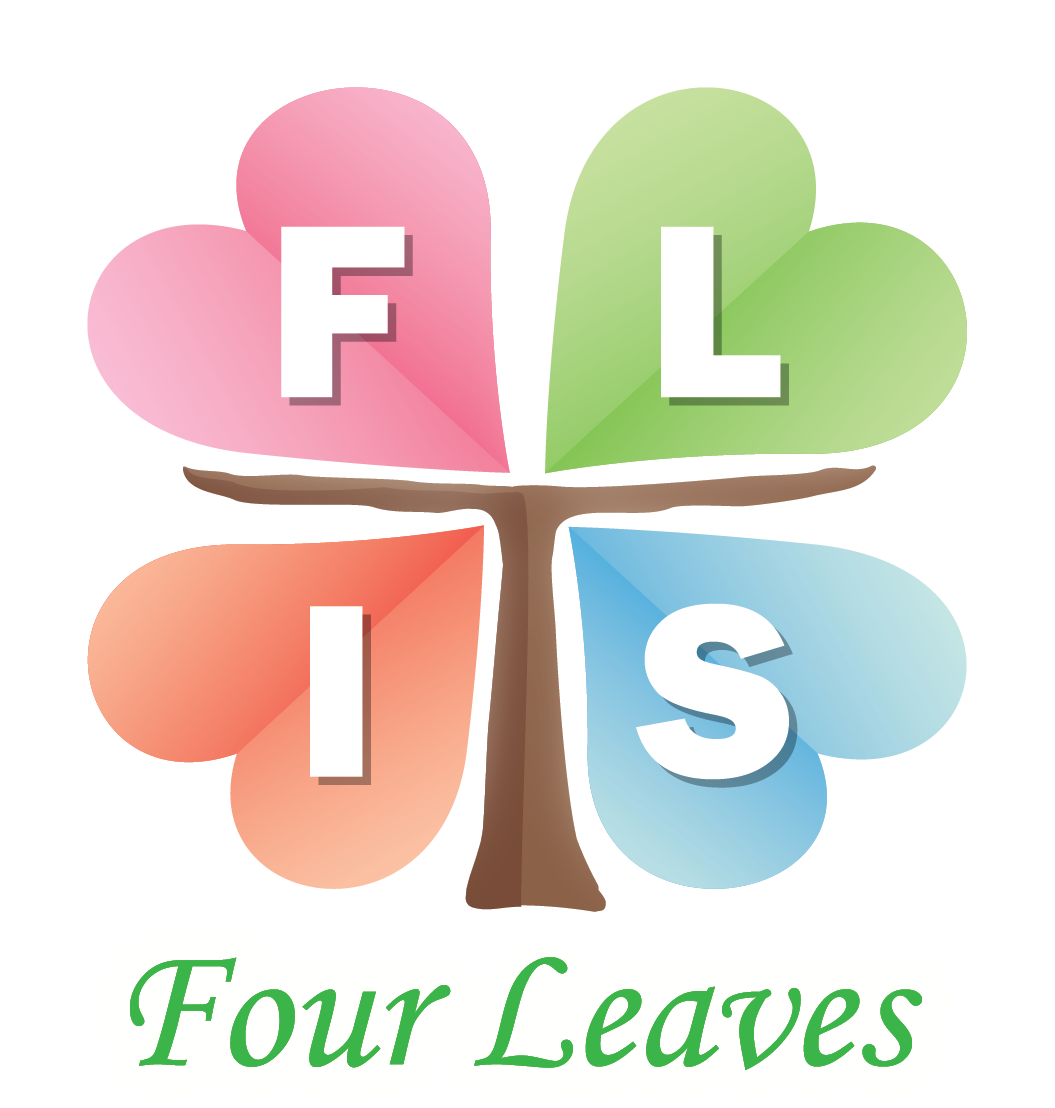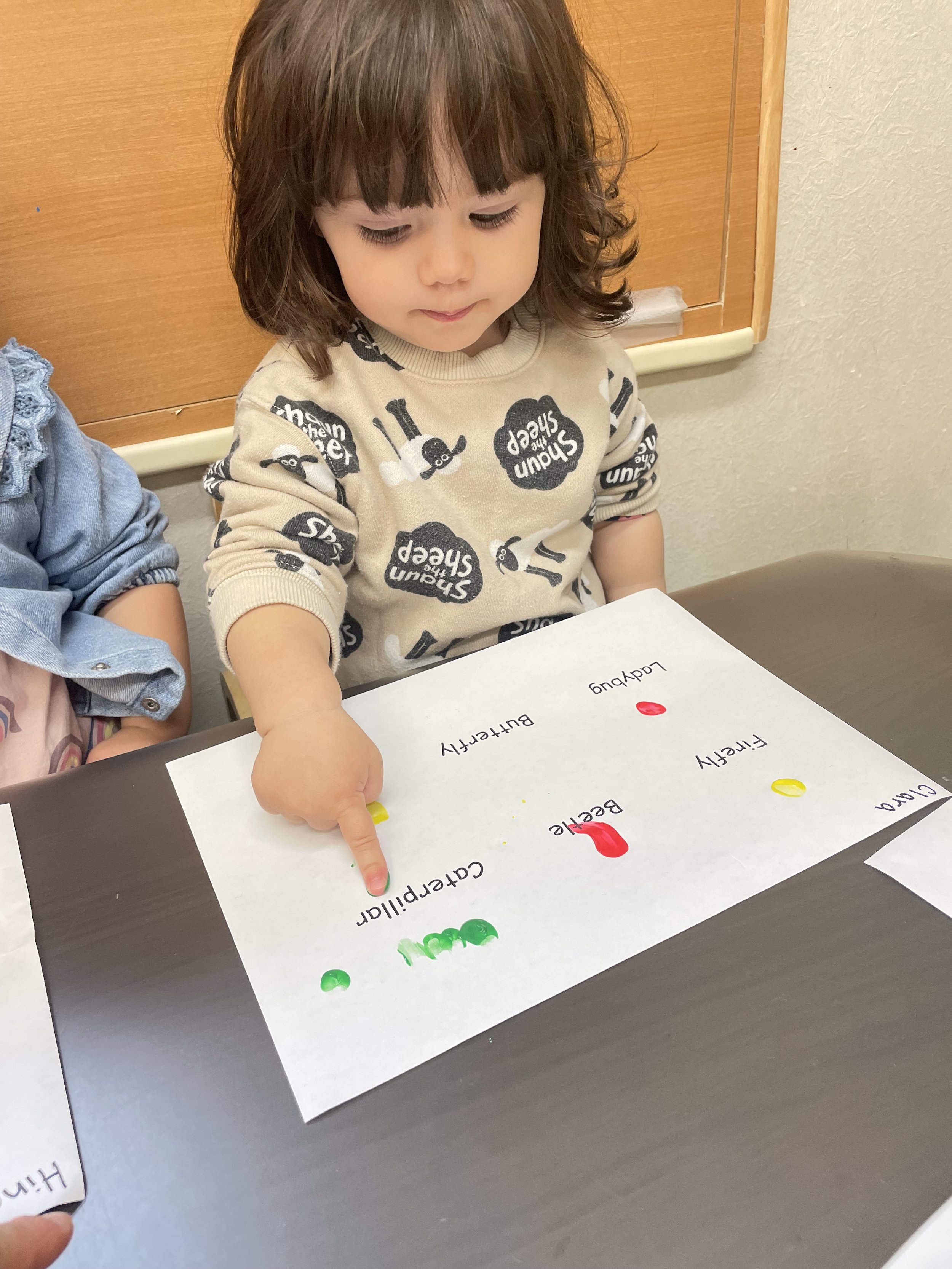Types of Early Childhood Education Institutions in Japan
Japan has three main types of early childhood education institutions:
Hoikuen (保育園 - Nursery Schools): These are government-licensed childcare facilities for children from infancy to age 5. They focus on childcare rather than structured education and are suitable for working parents.
Yochien (幼稚園 - Kindergartens): These are more academically structured and prepare children (ages 3-5) for elementary school.
Certified Kodomoen (認定こども園): A combination of Hoikuen and Yochien, offering both childcare and early education.
2. Educational Philosophy and Curriculum
Japanese early childhood education emphasizes social skills, group harmony, independence, and basic academic readiness. Play-based learning, music, art, and physical activities are integral to the curriculum. International preschools, like Four Leaves International School Tokyo, incorporate global teaching methods with Japanese educational principles.
日本の幼児教育制度は、構造化されながらも温かい学習環境を提供することで知られています。日本に住む外国人家族にとって、さまざまな保育園や幼稚園の選択肢を理解することは、子供の教育について適切な決定を下すのに役立ちます。本ガイドでは、日本の幼児教育制度の概要、主要な特徴、および外国人家族が効果的に適応する方法を紹介します。
1. 日本の幼児教育機関の種類
日本には主に3つのタイプの幼児教育機関があります。
保育園(Hoikuen): 乳児から5歳までの子供を対象とした政府認可の保育施設。教育よりも保育が重視されており、共働きの親に適しています。
幼稚園(Yochien): 3歳から5歳の子供を対象にした学習プログラムが充実した施設で、小学校入学準備を目的としています。
認定こども園(Kodomoen): 保育園と幼稚園の要素を兼ね備えた施設で、保育と教育の両方を提供します。
3. Enrollment Process and Requirements
Enrollment periods typically begin in October for the following school year.
Public Hoikuen placements prioritize working parents and require proof of employment.
Yochien admissions often involve an interview and observation session.
International families should prepare necessary documents, including residency status and health records.
4. How International Families Can Adapt
For non-Japanese-speaking families, choosing an international preschool or bilingual kindergarten can help ease the transition. Four Leaves International School Tokyo offers an English-immersion program with cultural integration, making it an excellent choice for expatriate families.
3. 入学プロセスと必要条件
入学受付は通常、翌学年度のために10月頃から始まります。
公立保育園では、共働きの親が優先され、就労証明が必要です。
幼稚園の入学には、面接や観察セッションが含まれる場合があります。
外国人家族は、在留資格や健康記録などの必要書類を準備しておくことが重要です。
4. 外国人家族が適応するためのポイント
日本語を話さない家庭にとって、国際幼稚園やバイリンガル幼稚園を選ぶことでスムーズに適応できます。Four Leaves International School Tokyoでは、英語イマージョンプログラムと文化的統合を提供しており、外国人家族にとって最適な環境を整えています。
5. Finding the Right School
When selecting a school, consider:
Language environment: English-only, bilingual, or Japanese-speaking programs.
Teaching philosophy: Montessori, Reggio Emilia, IB, or traditional Japanese.
Location and facilities: Accessibility, outdoor spaces, and classroom settings.
Community and parental involvement: Opportunities for engagement in school activities.
Understanding Japan’s early childhood education system can help international families make the best choice for their children. Four Leaves International School Tokyo is dedicated to providing a global education within a nurturing environment, supporting families in their educational journey.
5. 適切な学校の選び方
学校を選ぶ際には、以下の点を考慮しましょう。
言語環境: 英語のみ、バイリンガル、日本語中心のプログラム。
教育方針: モンテッソーリ、レッジョ・エミリア、IB、日本の伝統的な教育。
立地と施設: 通学の利便性、屋外スペース、教室環境。
コミュニティと保護者の関与: 学校活動への参加機会。
日本の幼児教育制度を理解することで、外国人家族は子供に最適な選択をすることができます。Four Leaves International School Tokyoは、温かい環境の中でグローバルな教育を提供し、家族の教育の旅をサポートします。



